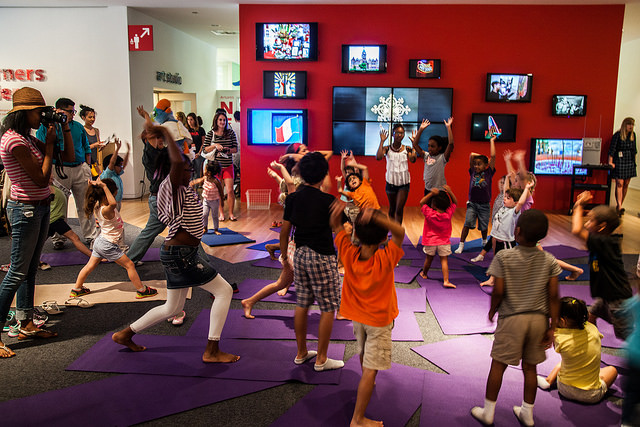NCAR Releases New Edition of Data

SMU's NCAR Releases Third Edition of Data with Trend Analysis
This edition includes new insights on trends as well as updates on seven performance indices key to assessing the health of arts organization— all related to earned revenue, marketing and audience participation. The new data aims to help answer a number of important questions facing arts organizations, such as:
- What is the reach of the arts sector’s community engagement, virtually and in-person?
- What is the relationship between earned relational revenue (revenue from subscriptions and memberships) and an organization’s expenses?
- What is the return on investment for an organization’s marketing efforts?
- How much money do organizations spend on marketing costs to bring in one attendee or visitor?
- How much revenue is generated for an organization for each program offering, per attendee?
- For every program an organization offers, how many people are engaged (as visitors, volunteers, students, donors, employees, etc.)?
Some particularly notable insights from Edition 3 include:
- Rise of Virtual Participation in Digital Programs: Total engagement for arts organizations increased substantially due to significant growth in virtual participation in digital programs. Many sectors engage far more people through digital offerings than they do on-site; most notably, opera companies, symphony orchestras and art museums had explosive average growth in virtual participation. In-person participation remained fairly flat in all sectors.
- Subscription Revenue Model Is Not Dead: Across the field, NCAR found that subscription and membership fees are still a viable revenue stream for some organizations.
- Program Revenue and Marketing Expenses Do Not Increase at the Same Rate: The findings show that as an arts organization grows, program revenue increases exponentially while marketing expenses increase at a far lesser rate. This suggests that organizations do not need to increase their marketing investments significantly to achieve a sizeable return in program revenue. An organization’s initial investment in skilled marketing staff is therefore a key element to growth in program revenue.
- Programming Supply Is Outweighing Audience Demand: The number of people engaged per offering declined for most sectors. Programmatic offerings are being added at a faster rate than audience/visitor growth.
Our third edition marks an exciting new format in NCAR’s reporting structure, where we will now release insights and findings from new sets of data, focused on particular content areas, every four months. This new reporting structure will allow us to delve more deeply into important issues and provide a living tool for arts and cultural leaders.
As you explore the report, content areas that have been updated with new data for Edition 3 are highlighted. Findings in all other content areas are from our last edition. Edition 4 will focus on metrics related to contributed revenue (revenue generated from grants, endowments, sponsorships or donations) and Edition 5 will examine expenses, staffing bottom line, and capital structure.
We hope you enjoy engaging with the data and welcome any comments, feedback, and suggestions you may have.
ENGAGE WITH THE DATA: SEE NCAR VOLUME 3